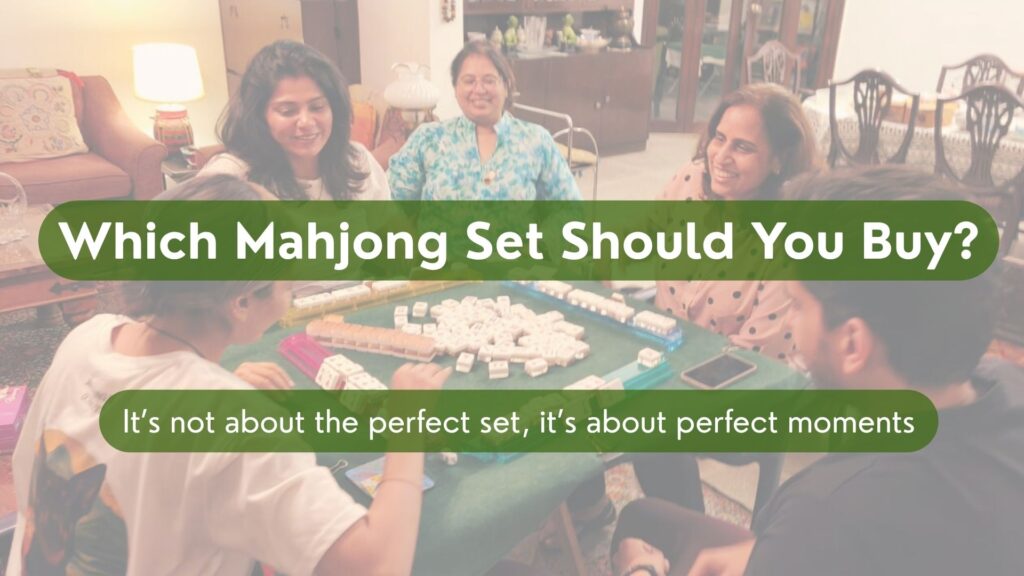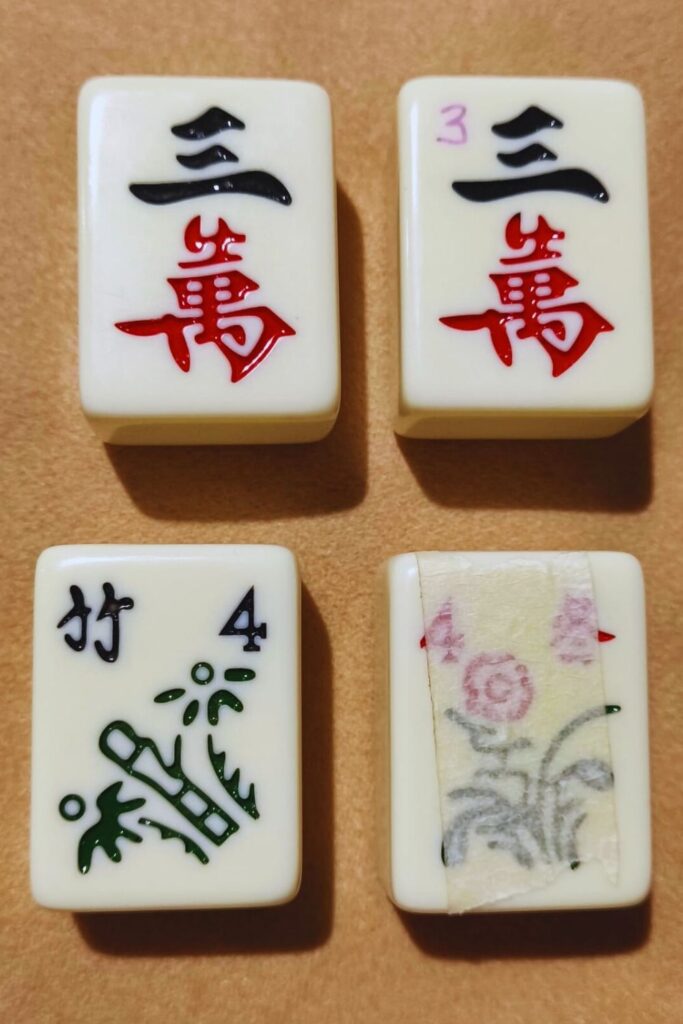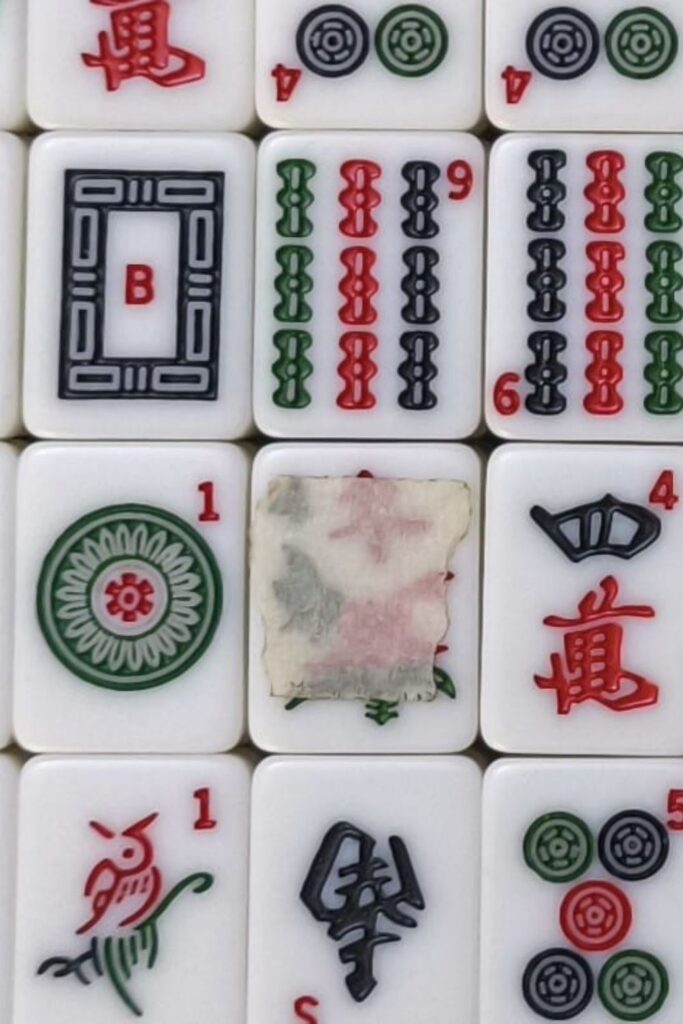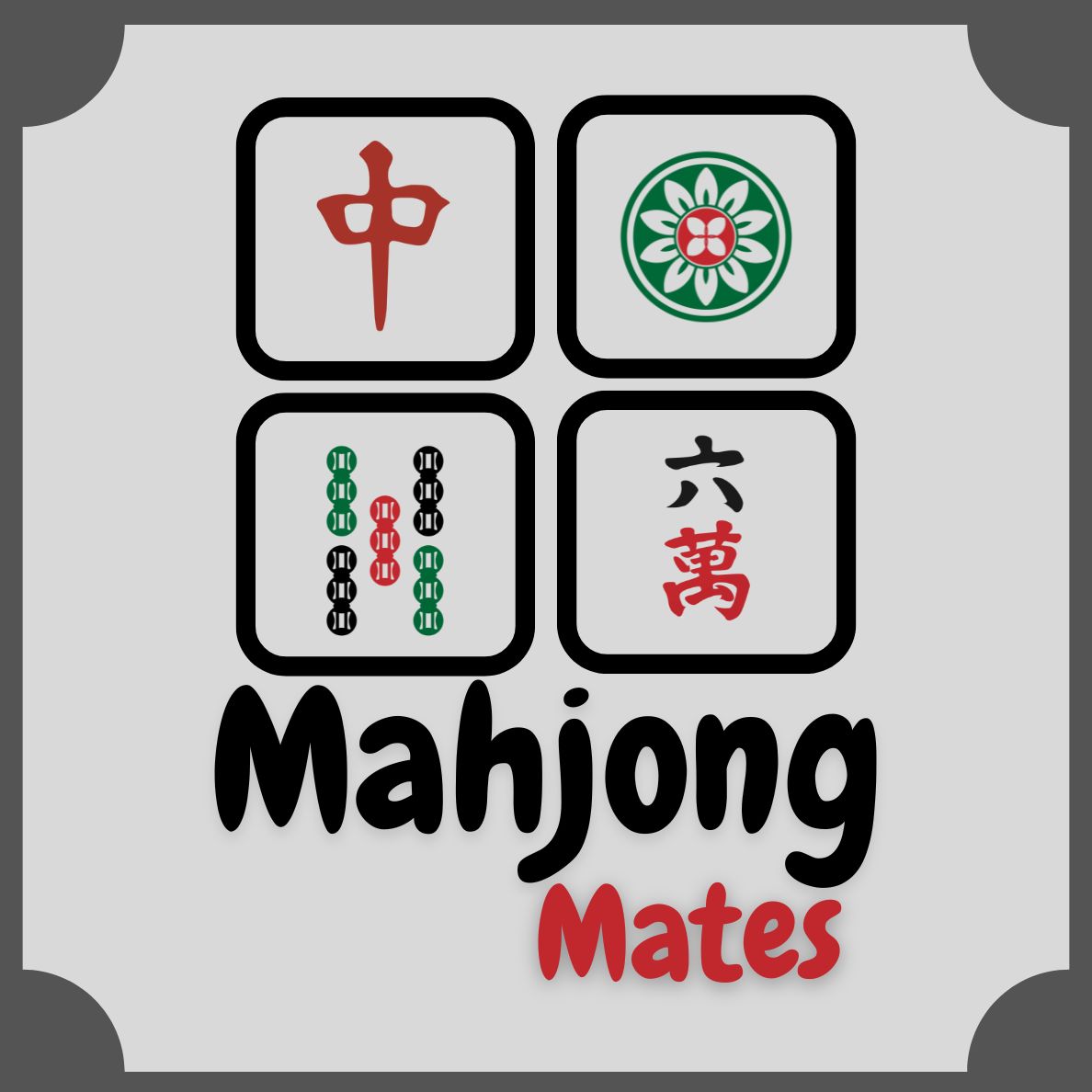
I wish someone had guided me when I first ventured out to get my own mahjong set. There was so much confusion! Do I buy a set with 144 tiles, or 146, 148, or even 166? Should it have blanks? Should it have jokers? Do the Chinese even play with jokers? Should I get Arabic numerals on the tiles? What size should I choose?
I was so confused.
Now, having played for nearly eleven months, and after somehow ending up owning five mahjong sets; two mini ones that I’ve lent to friends until they get their own, here is what I wish someone had told me:
1. Don’t be fixated on getting tiles with Arabic numbers.
When I started, I insisted on finding tiles with Arabic numbers. I thought I’d never be able to recognize the Character suit without them. But here’s the truth: you’ll outgrow that crutch faster than you think.
If you absolutely need them at the start, just take a sharpie marker and write small numbers on the Character tiles. By the time the ink fades, you’ll already know the tiles by heart.
Once you drop that “must-have-numbers” requirement, a whole new world of better-looking, more affordable sets opens up.

2. Do you need blank tiles?
Traditional Chinese mahjong doesn’t use jokers, so their sets usually have 144 tiles. Some sets, include two or four blank tiles as spares, in case you lose one.
But house rules vary, and that’s part of the magic.
In Karachi, where I first learned to play (what I fondly call Monty’s Karachi style after my teacher Mumtaz aunty aka Monty), I was taught with a set that had the 4 blank tiles used as jokers.

My first second hand mini set didn’t have blanks, so I improvised, and covered four of the flower tiles with masking tape and voila! Honestly, we were no where near understanding how to score, so the eight flower/season tiles felt irrelevant except as an excuse to draw another tile.
My latest “Papa Bear” XL mahjong set that my husband lugged from Beijing doesn’t have jokers or Arabic numerals. I just added numbers with a sharpie marker (to help beginners) and covered four flower tiles with masking tape to serve as jokers.
Does that ruin the game? Not at all. It just makes it flexible and playable with anyone.
3. The Real Lesson
After all these experiments, here’s what I’ve learned:
You don’t need the perfect set. just one that works for you and the people you play with.
Mahjong, like life, is about making the most of what you have and finding joy in the process. It rewards creativity so don’t wait for the perfect set, just make the one you have perfect for you.
If you have a set that feels good in your hands and brings people together, that’s already a winning hand.
Isn’t that what life’s all about? 😉
